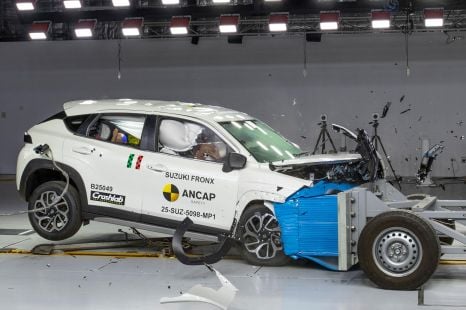

Damion Smy
Suzuki Fronx scores one-star ANCAP rating after seatbelt failure
6 Hours Ago
Technically the Volkswagen Group’s budget option, the ‘Simply Clever’ brand has increasingly been encroaching on Volkswagen's territory.

Contributor
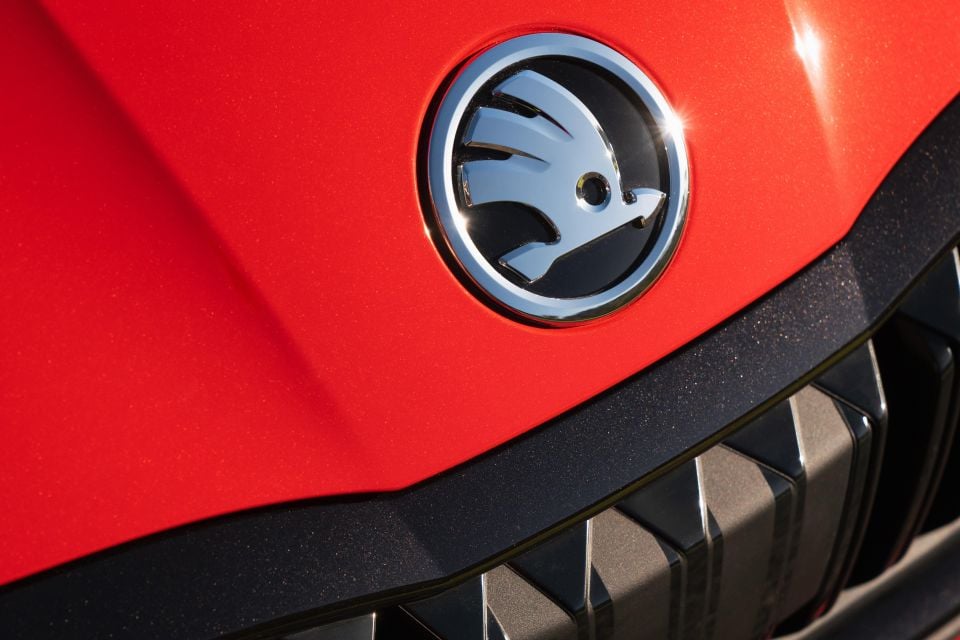

Contributor
In the Volkswagen Group’s hierarchy of brands, Skoda is regarded as the practical, budget-oriented option.
It’s meant to offer all the essentials alongside a range of handy ‘Simply Clever’ features such as umbrellas in the front doors, for less than its Volkswagen counterpart.
The brand remains a wholly-owned subsidiary of the wider Volkswagen Group, and despite presenting itself as the more wallet-friendly option, remans outsold by its sibling locally.
In May 2021, Volkswagen (4005 units) outsold Skoda (1069) on an almost 4:1 basis, while according to annual 2020 figures, Volkswagen (39,266) was almost six times as popular as Skoda (6607).
Indeed, Skoda was even less popular than luxury stablemate Audi, which had annual sales totalling 15,868.
Volkswagen translates to people’s car, and its history is fairly well-known. The firm was established by the Nazi government in the early 1930s to design an affordable vehicle that could comfortably traverse the Germany’s new network of Autobahns.
The original Volkswagen Beetle was the result.
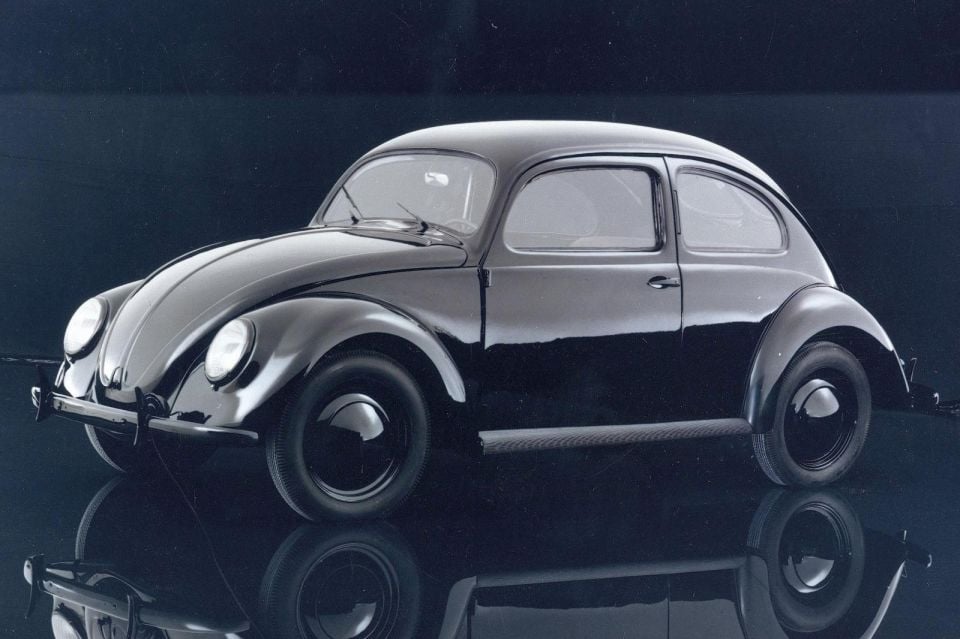
Skoda has more interesting origins. Like several other manufacturers, Skoda can trace its origins back to the 1890s when it was established as a bike manufacturer in Mladá Boleslav, now a town in the Czech Republic, and formerly part of the old Austro-Hungarian Empire.
The story goes that bookseller Vaclav Klement owned a German-made bicycle, and was unable to obtain spare parts to fix it. He even attempted to send a letter (in Czech) directly to the manufacturer requesting parts, only to be told bluntly that if he needed spare parts, he needed to write in a language that was understandable.
Outraged by this reply, he decided to partner with locally-based engineer Vaclav Laurin to operate their own bicycle shop, attempting to repair and manufacture bikes with better designs than their German counterparts.
The new venture proved successful, and the firm quickly expanded to the manufacture of motorcycles in 1899, becoming one of the few companies that would manufacture them in Central Europe. To this day, Laurin & Klement (L&K) remains the top trim level available on Skoda cars sold in Europe.
Motorbikes were a stepping stone to cars, and the firm’s operations expanded with the launch of its first car, the Laurin & Klement Voiturette A, in 1905.
It featured a 1.0-litre two-cylinder engine (effectively a V2) that could propel the car to a maximum speed approaching 40 km/h.
Later on, the 1930s and 1950s saw the launch of now-well-known nameplates such as the first Skoda Superb (the firm’s new flagship, launched in 1934) and the Octavia (launched in 1959), which to this day sits below the Superb as a smaller family car.
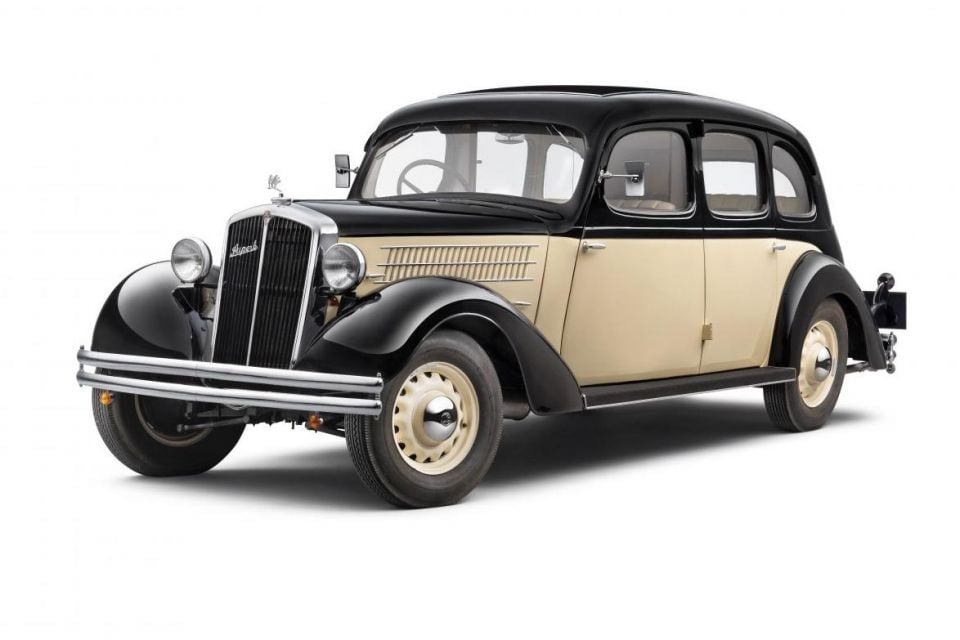
Following the Second World War, the colloquial ‘Iron Curtain’ descended across much of Central and Eastern Europe, and Skoda’s home, Czechoslovakia, came under Soviet domination with a planned economy.
Skoda was nationalised, and much like many other firms in communist nations, gradually fell behind with regard to technology and quality compared to its Western compatriots.
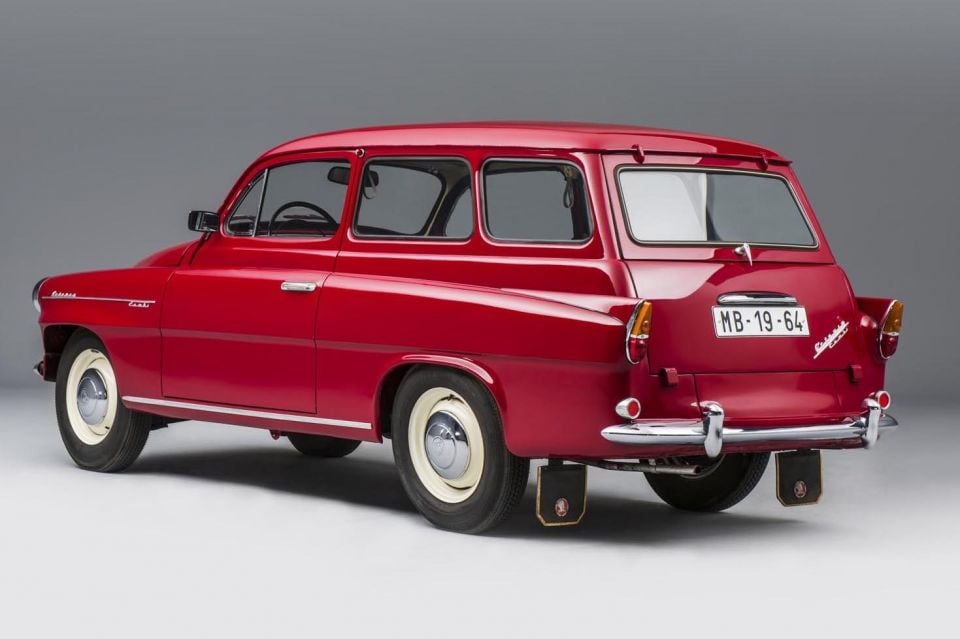
The fall of communism across Europe in the early 1990s meant the new government in Czechoslovakia was open to privatisation, and after much deliberation and numerous offers from manufacturers including Volkswagen, BMW, General Motors, Ford, Renault and Mercedes-Benz, decided to gradually sell the firm to Volkswagen.
Volkswagen initially obtained a 30 per cent share in the company in 1991, followed by 70 per cent by December 1995.
Skoda finally became a wholly-owned subsidiary of the Volkswagen Group by 2000.
In Australia, Skodas were first sold in 1965 with the Octavia being imported, and the brand left our shores in 1983, before making a return in 2007 after a hiatus of 24 years.
A classic, oft-repeated joke about Skoda goes as follows: ‘How do you double the value of a Skoda?’ ‘Fill up the tank!’
Sometimes, old habits die hard. While the firm today makes world-class vehicles, perhaps one of the reasons for its relatively small sales locally is a lingering perception in some circles Skoda remains a manufacturer of unreliable vehicles.
Today, Skoda’s portfolio closely matches Volkswagen at the smaller end of the market. Although Skoda models typically start a few thousand dollars less than their Volkswagen counterparts, the ranges overlap, and it remains possible to spend more on a Skoda than a Volkswagen of similar size.
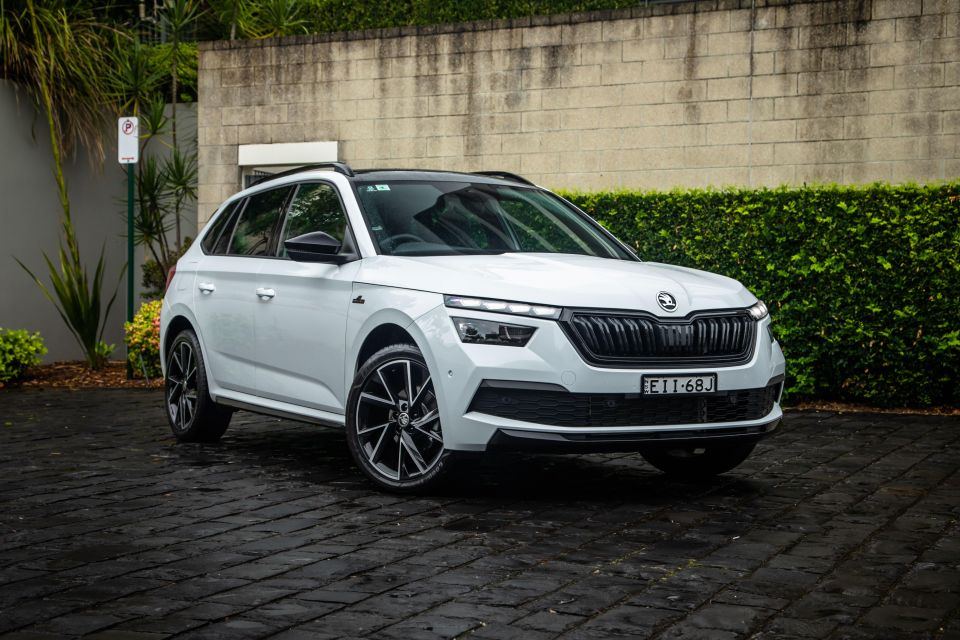
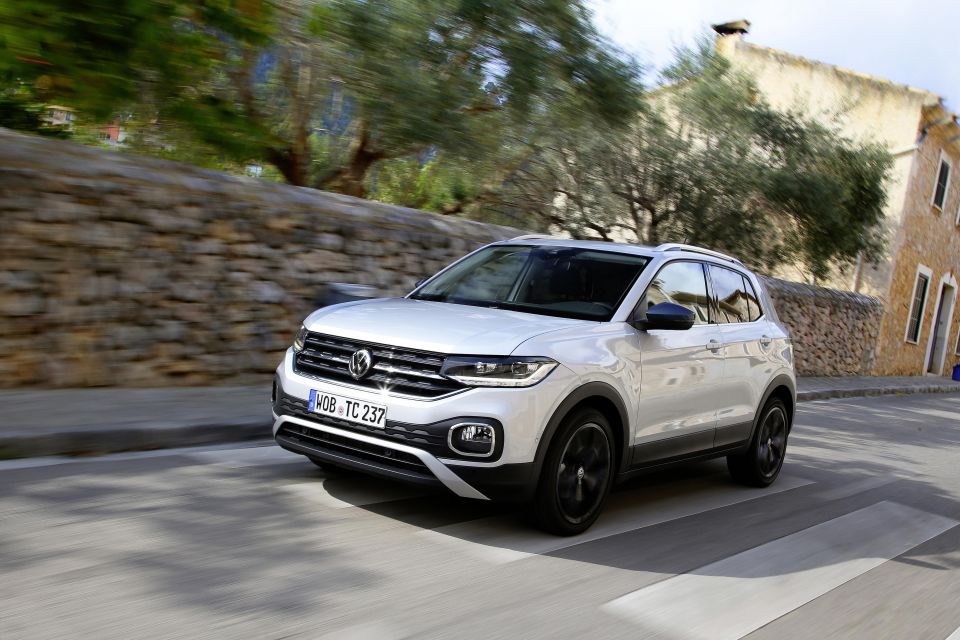
In some cases, such as with the Skoda Kamiq and VW T-Cross, the Skoda option is arguably the more premium offering, with the Kamiq making greater use of soft-touch plastics and featuring rear air-vents and USB ports, features not available at all on its Volkswagen competitor.
Another example here is the new Octavia, which, compared to the latest Golf, retains the use of a hydraulic gas strut for the bonnet rather than a cheaper bonnet prop.
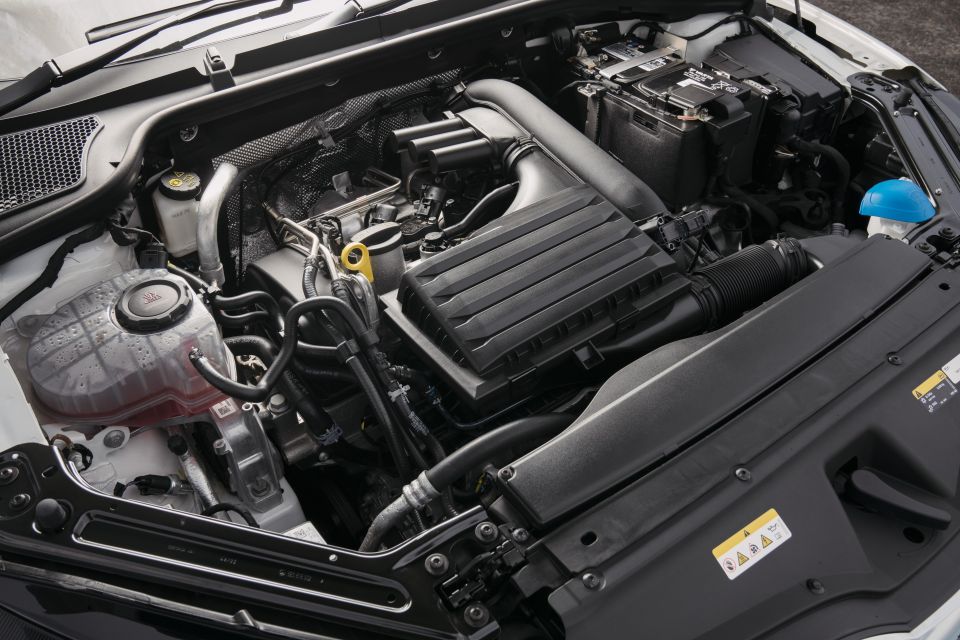
Skoda’s recent models have taken a different approach compared to Volkswagen regarding trim levels.
The brand has focused on offering option packs bundling many of the premium features typically offered on higher model grades (such as the ‘Premium & Tech Pack’ or the ‘Luxury Pack’).
Nevertheless, different engine options are often accompanied by differently named trim designations, such as ‘Ambition’ for the entry level offering, and ‘Style’ or ‘Sportline’ for the next most powerful engine.
It’s worth noting that 2022 will see the launch Cupra in Australia.
Cupra was Seat’s performance brand, and follows on from a failed attempt to establish the Spanish marque in Australia during the mid-late 1990s.
For more information about Cupra and the history of Seat in Australia, please see the following link.
The Volkswagen Group has announced all of its future mainstream, affordably-priced EVs will use the dedicated MEB platform for battery electric vehicles.
Volkswagen has launched the ID. 3 and ID.4 already, and Skoda has followed suit with the reveal of the Enyaq SUV.
This is a direct ID. 4 competitor available at a slightly cheaper price overseas.
Unfortunately in Australia, however, Volkswagen has delayed launching its range of ID vehicles as supply is focused on overseas markets with tougher emissions rules. Skoda appears to be suffering the same fate.
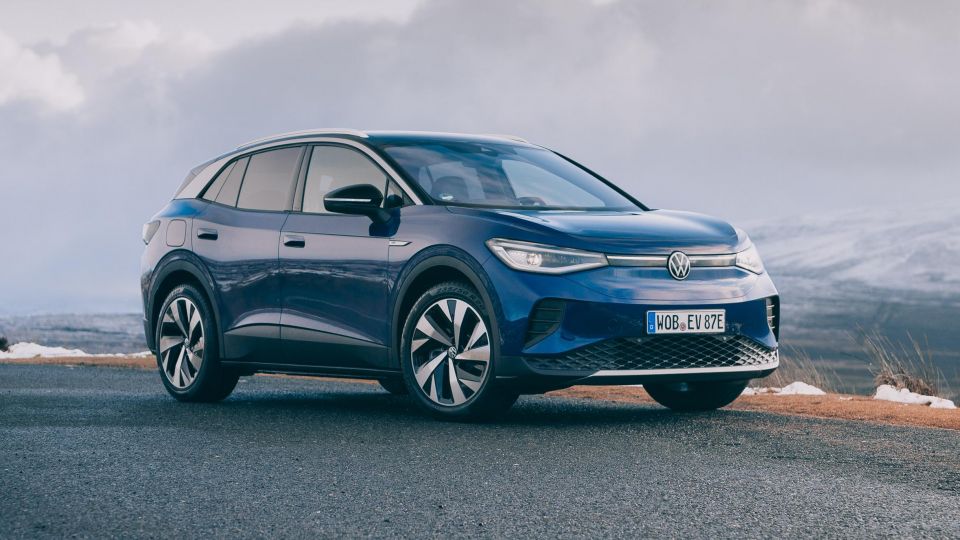
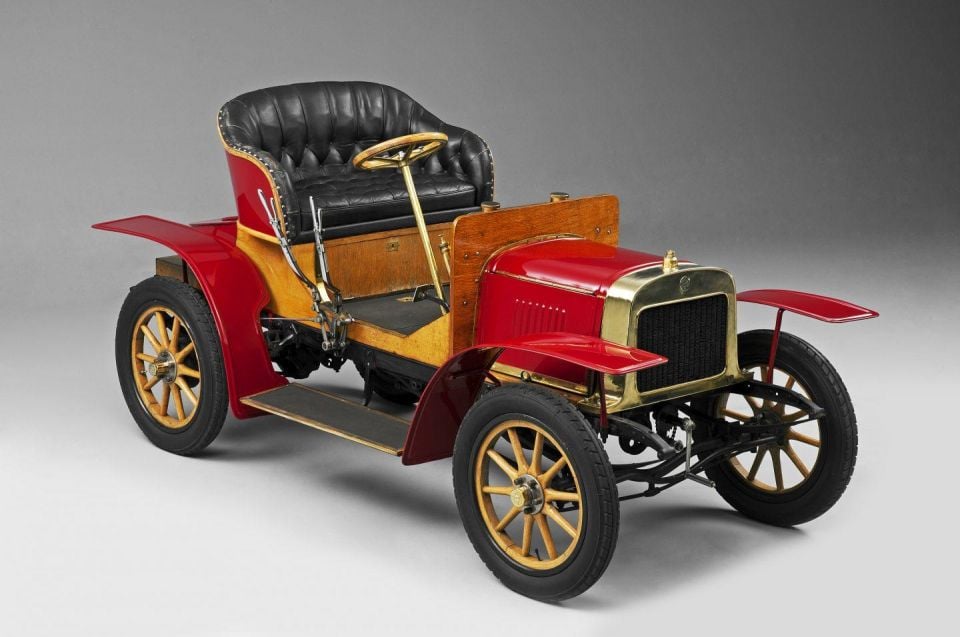


Damion Smy
6 Hours Ago
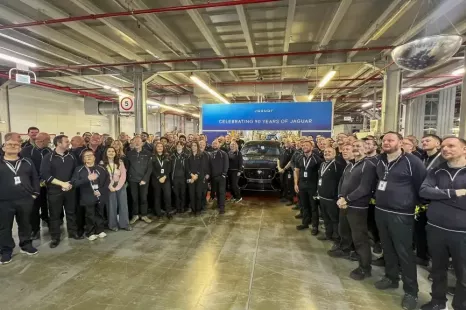

Damion Smy
10 Hours Ago
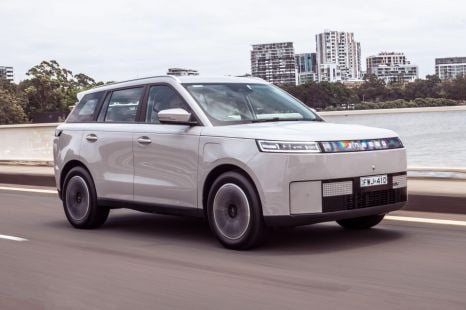

Josh Nevett
12 Hours Ago
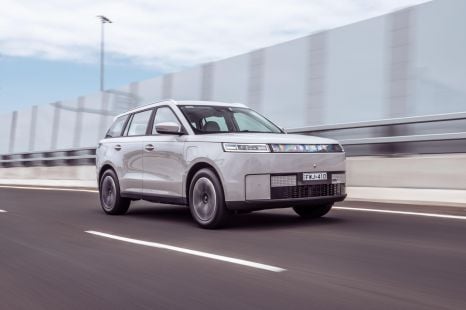

Josh Nevett
12 Hours Ago
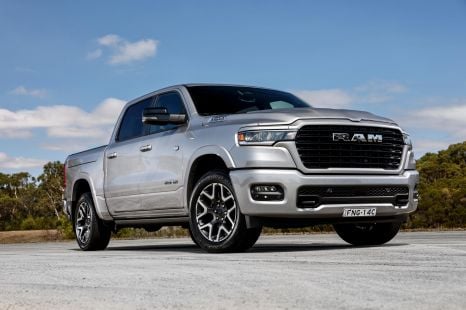

Damion Smy
12 Hours Ago
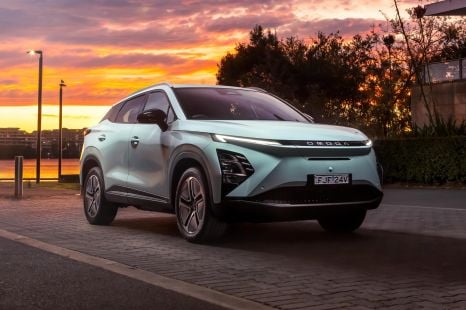

CarExpert.com.au
13 Hours Ago